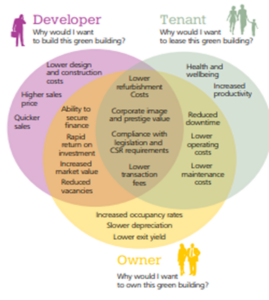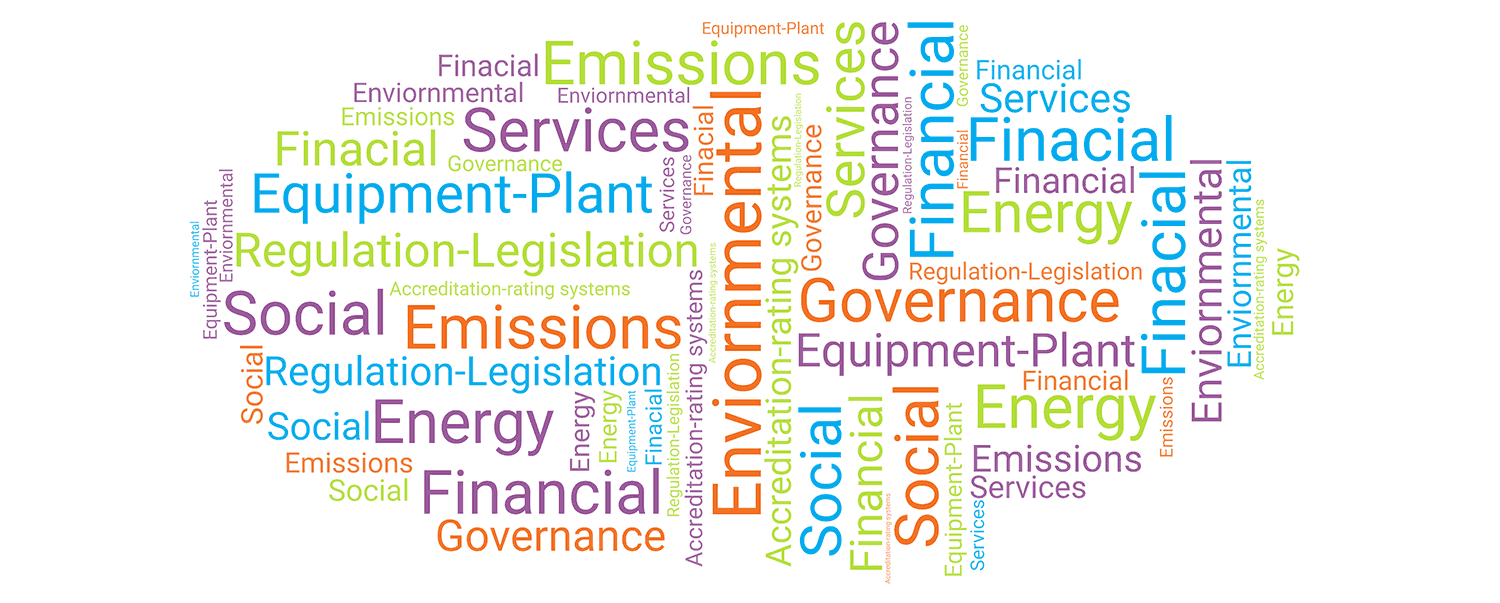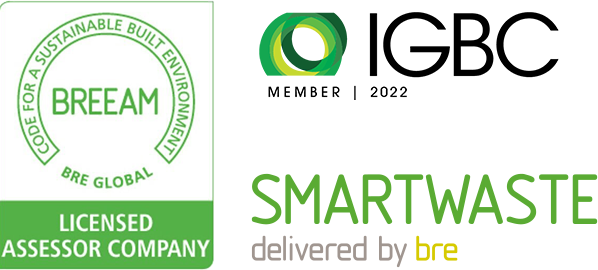
LEED stands for Leadership in Energy and Environmental Design. It is a rating system for the design, construction, operation and maintenance of green buildings. LEED offers a comprehensive framework that promotes healthy, efficient, and cost-effective building practices for various types of buildings.
What is the certification?
Certification is applicable to a variety of building types
- New constructions
- Interiors
- Operations and Maintenance
- Core and Shell
LEED awards points across six credit categories
- Sustainable sites
- Water Efficiency
- Energy and Atmosphere
- Material and Resources
- Indoor Environmental Quality
- Innovation and Design
What are the benefits of LEED?
- Save money
- Consume less energy
- Use less water
- Use few resources
- Improved indoor environment
What are the wider stakeholder benefits of LEED?
- Reduced operating costs
- Lower employee absenteeism and turn over
- Higher resale value
- Faster lease up rates
- Reduced risk
- Help meet investor ESG goals: implement management practices that prioritise building efficiency, decrease operational costs, and increase asset value
- Premium pricing: Since 2018, LEED-certified assets have held a 21.4% higher average market sales price per square foot over non-LEED buildings*
- Increased Occupancy rates: LEED-certified assets have increased from 90% to 92%. Non-LEED occupancy has fallen from 90% to 88% over the same period*
*US Green Building Council
“Leadership in Energy and Environmental Design”
meaning

